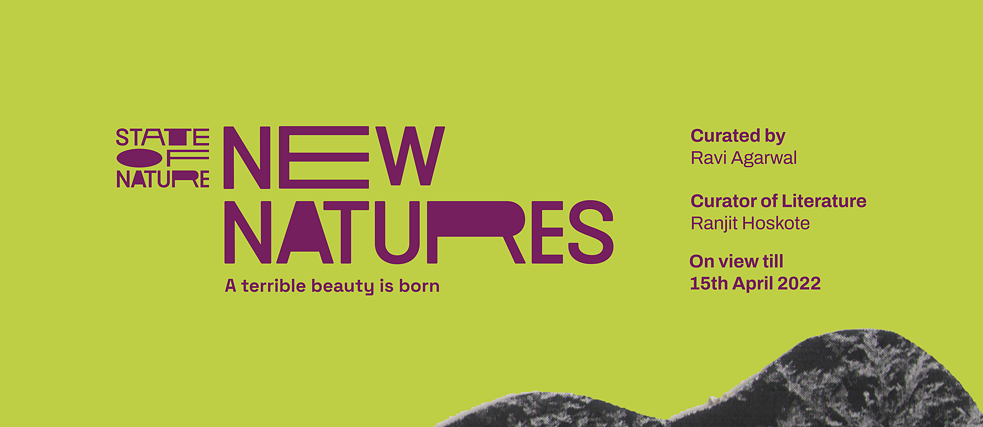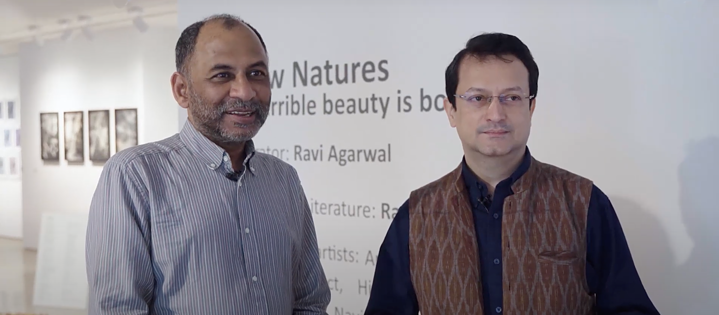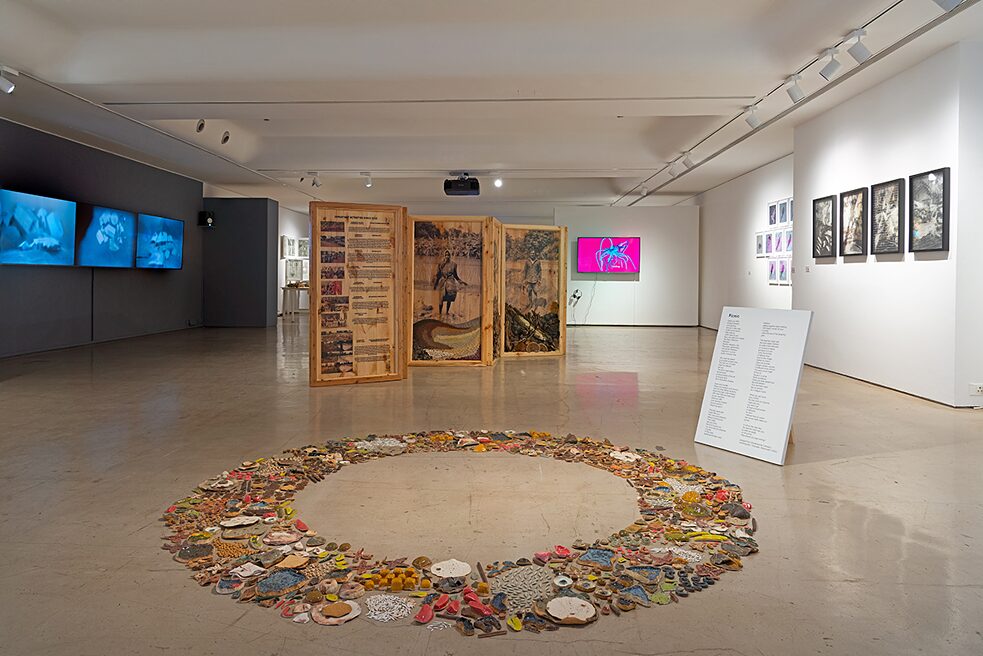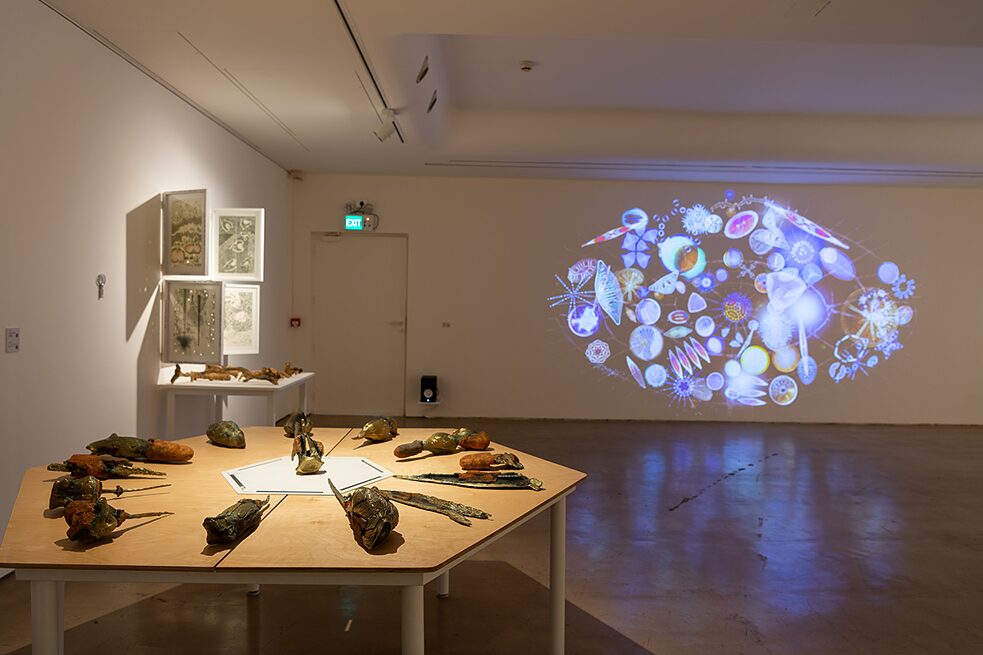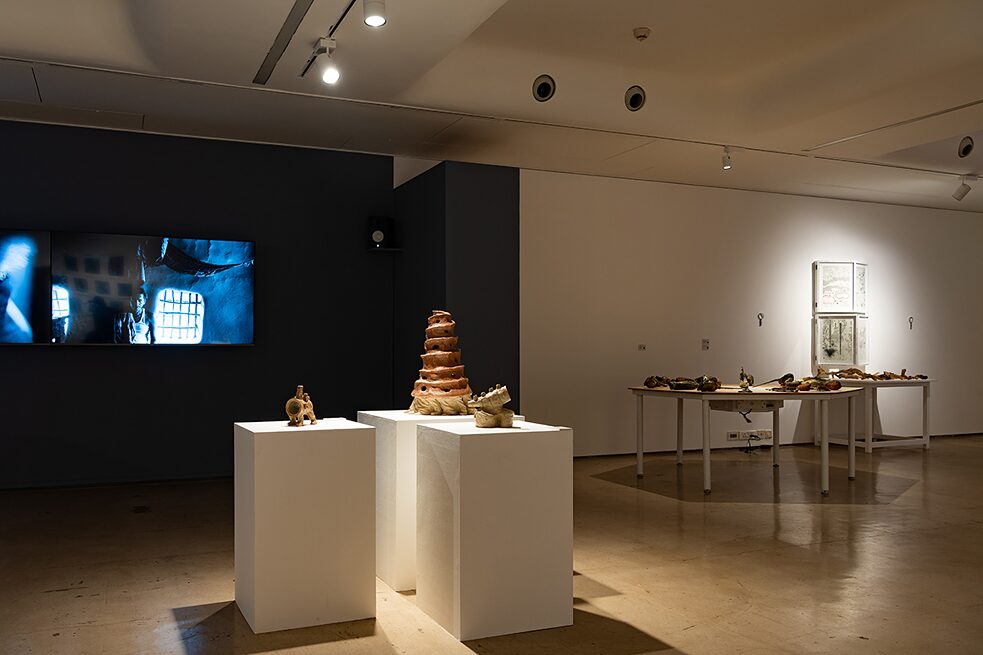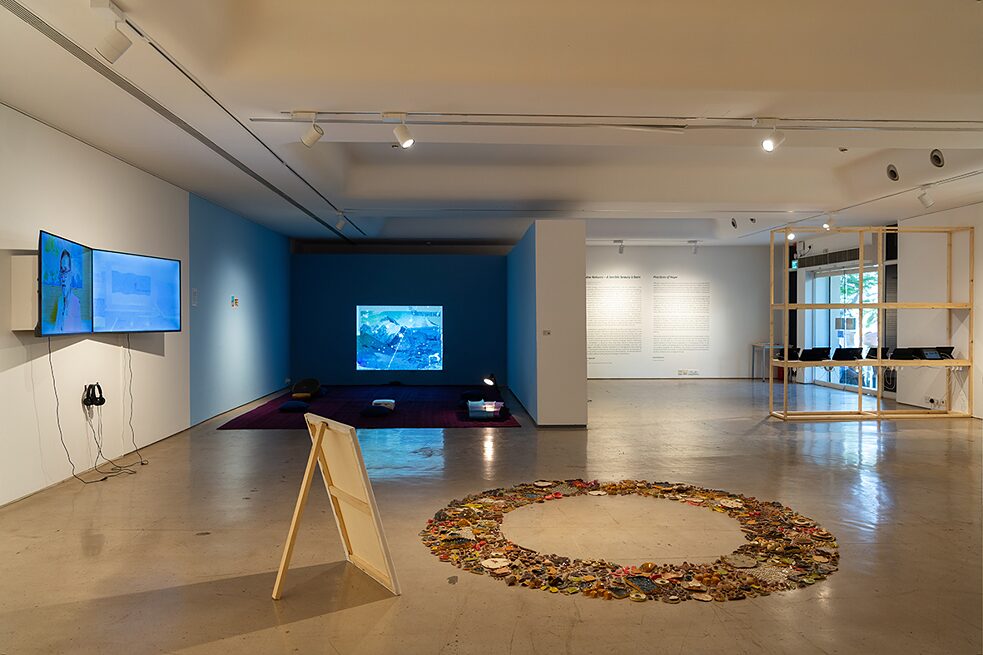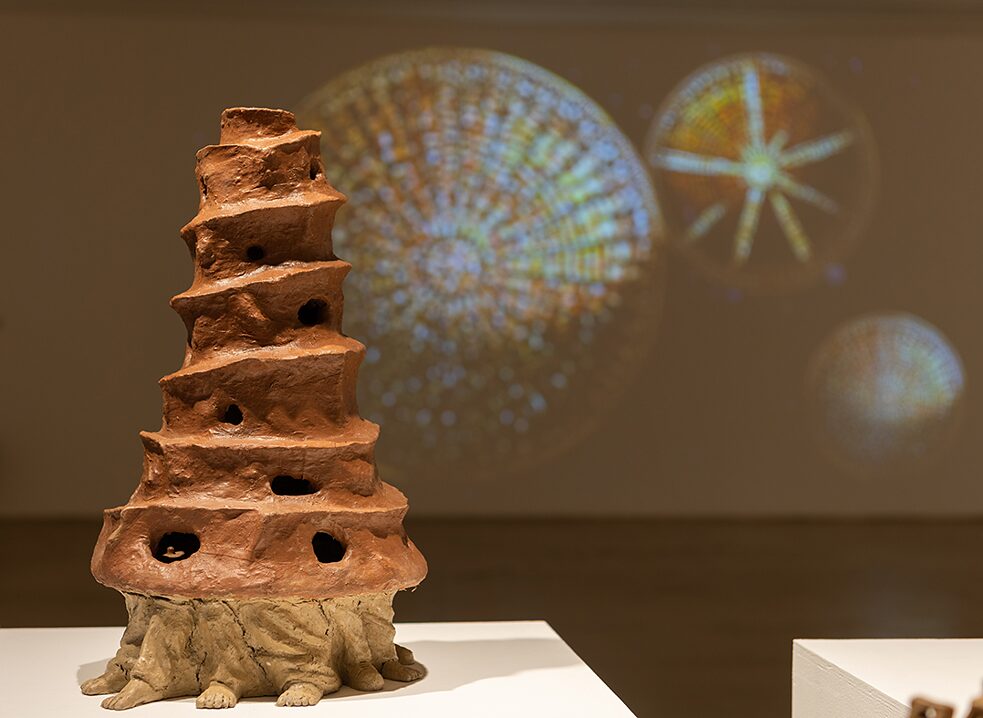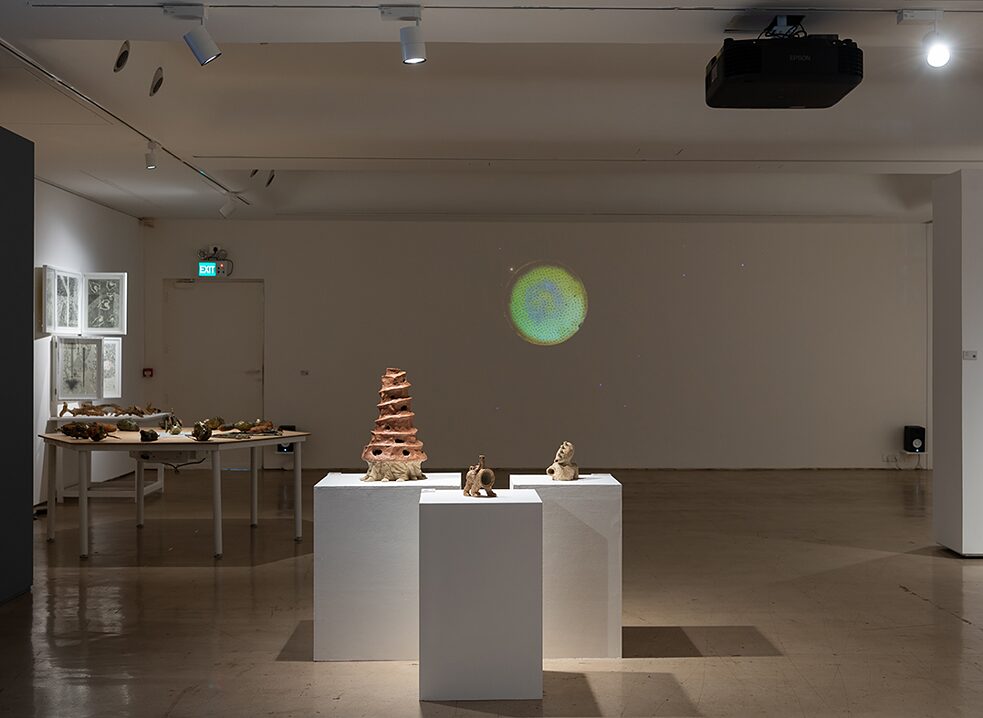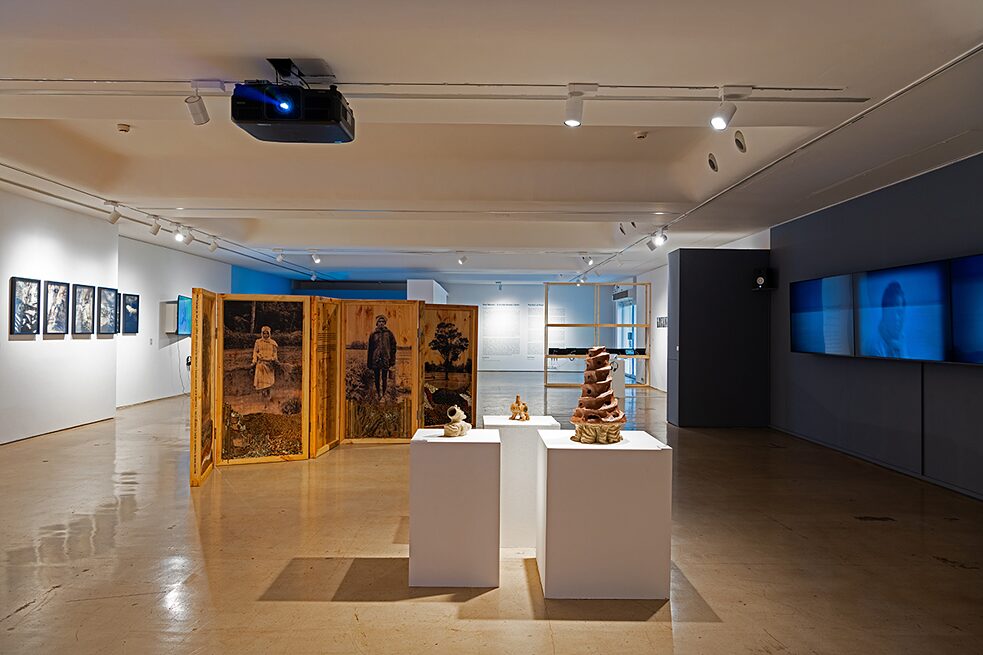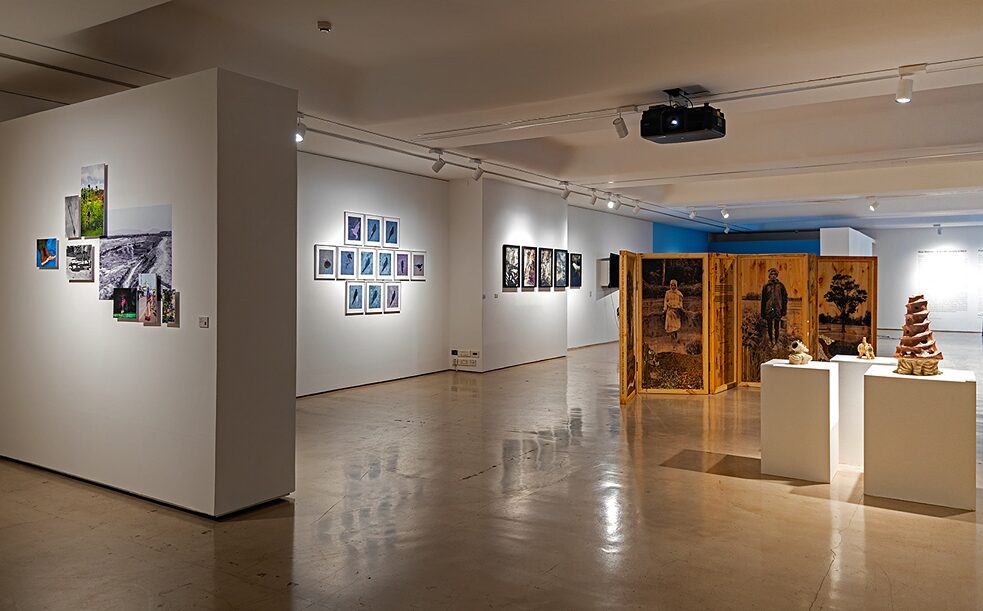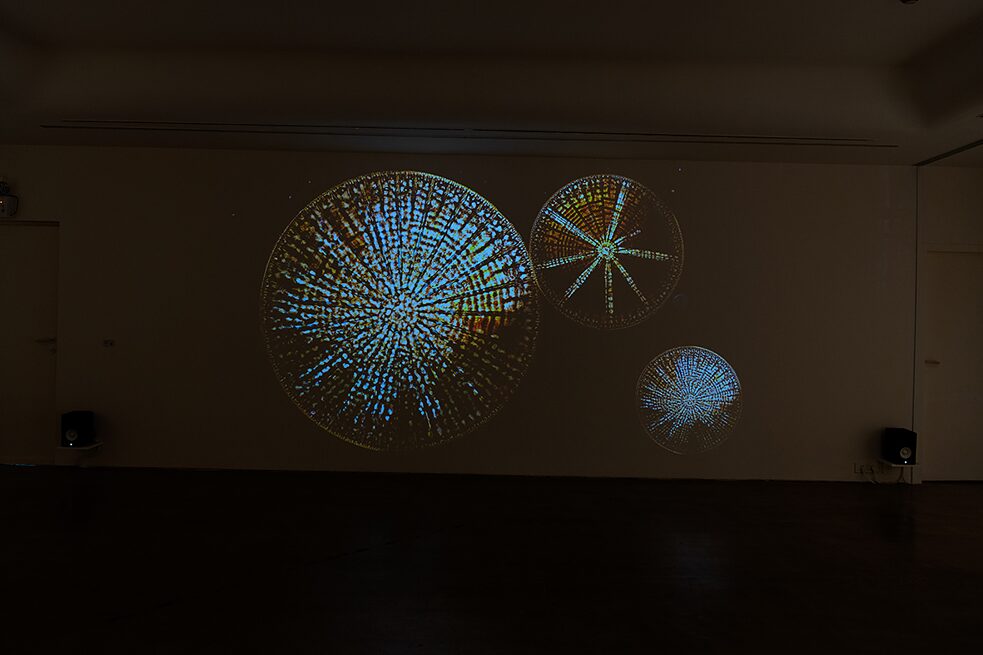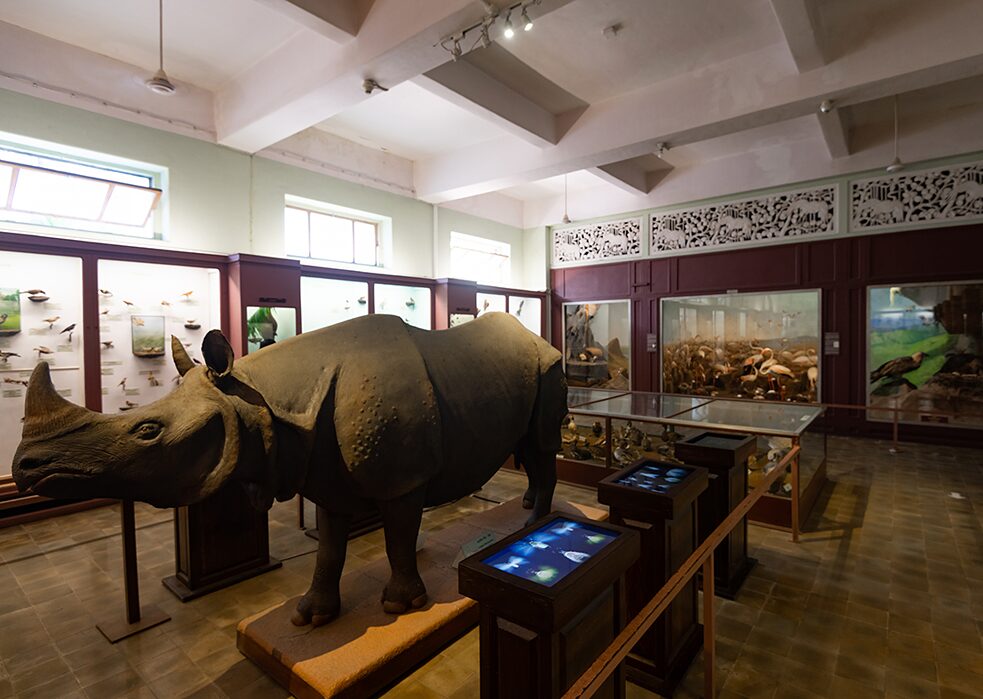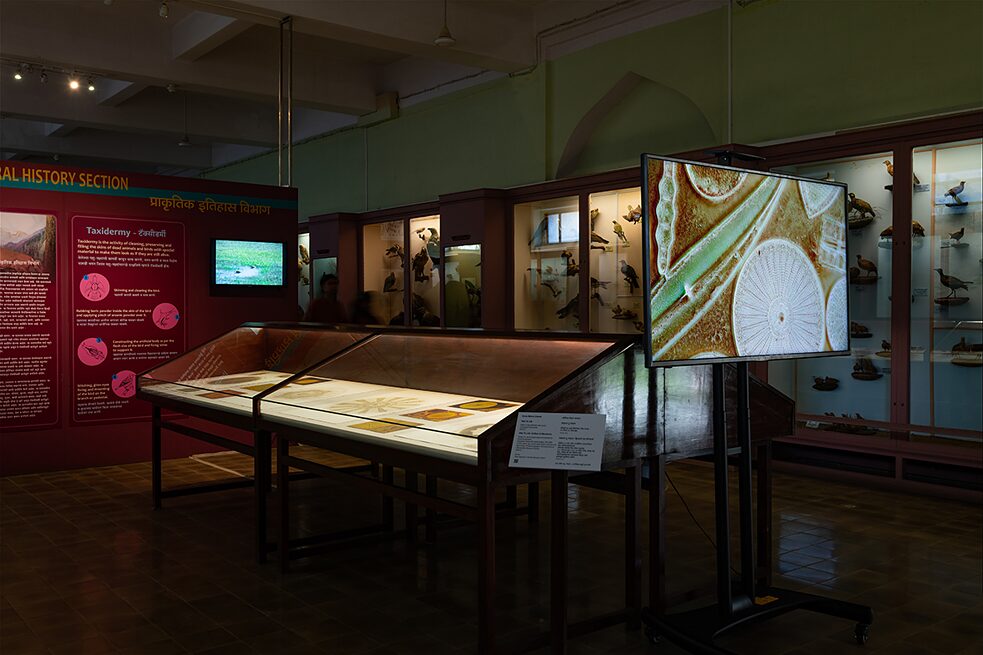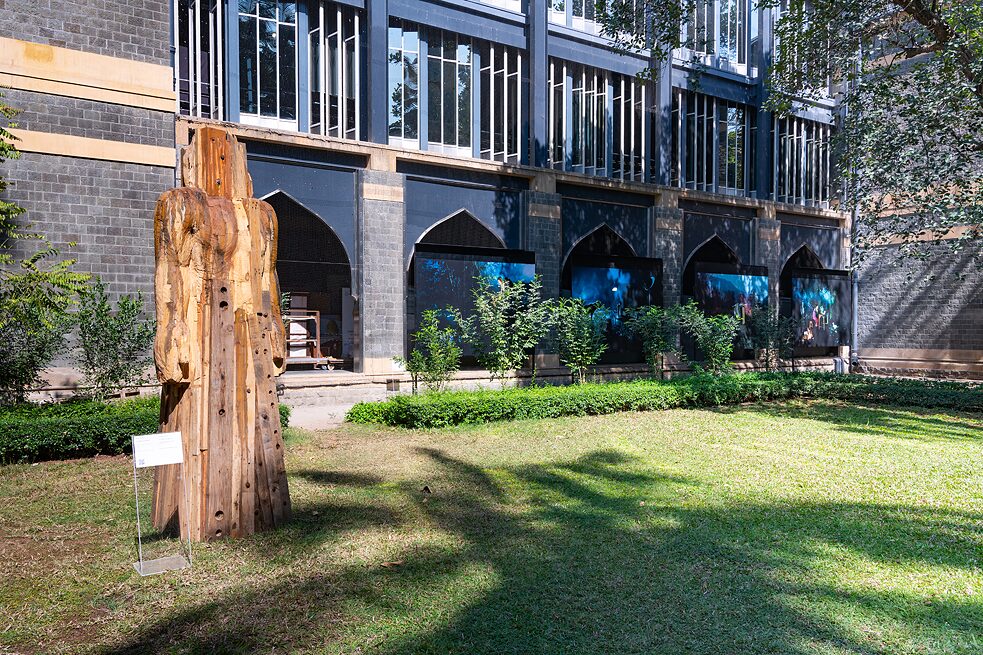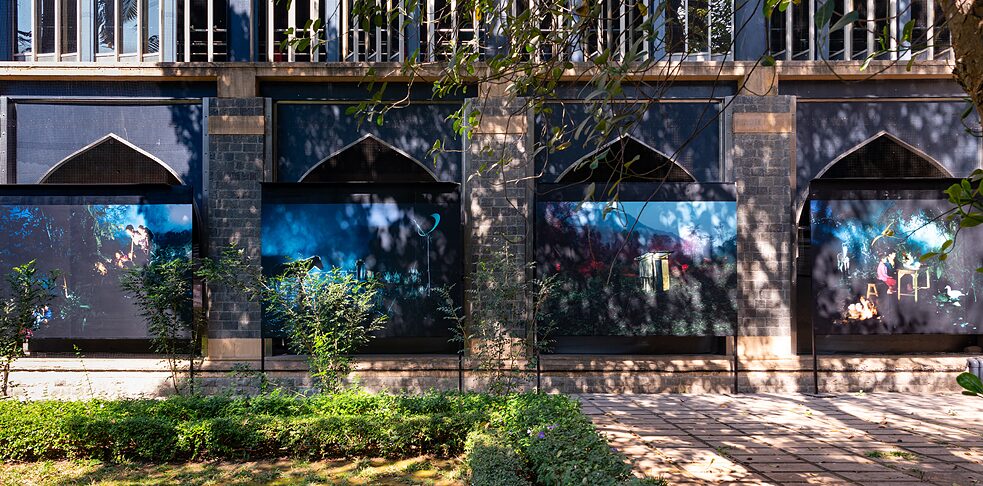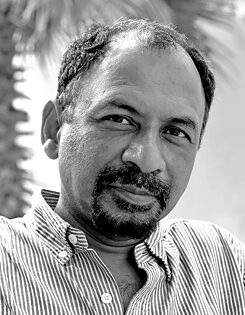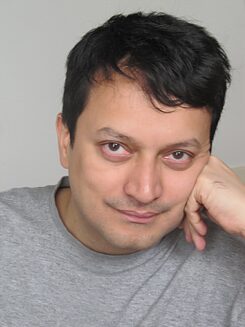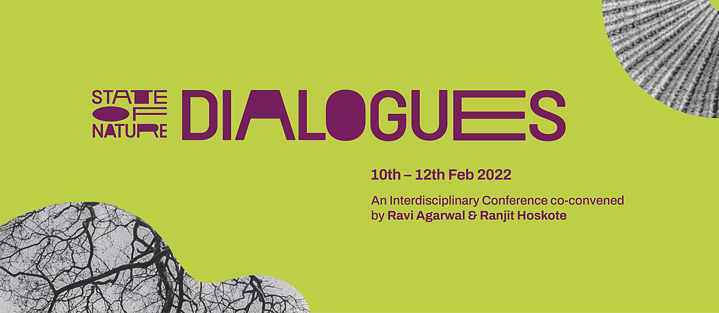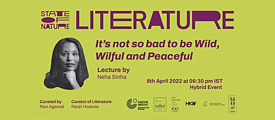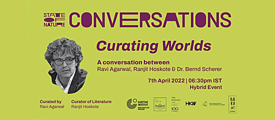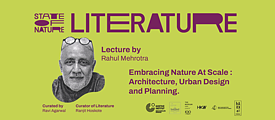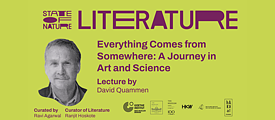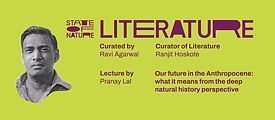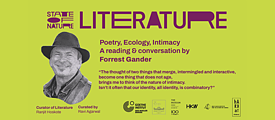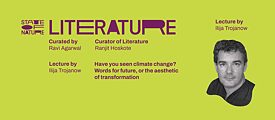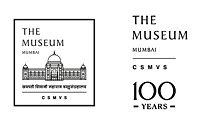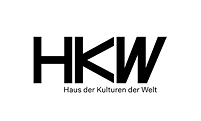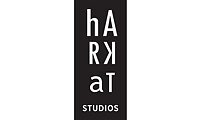“All changed, changed utterly:
A terrible beauty is born”
[Easter, 1916. The Collected Poems of W. B. Yeats (1989)]
Climate change, environmental destruction, species extinctions, now increasingly common terms, are symptoms of a deeper planetary emergency. At its root lies an historical alienation from nature, which converted lived nature relationships to an abstract idea of separateness. Nature’s commodification converted its polyphonic values to a singular monetary one. A hyper-real metaverse technoshpere has further reduced complex ecosystems to mere data. Extractive, capital-technology driven economies – propelled by colonization and thoughtless industrialization – have caused planetary limits to be exceeded and have catapulted us into the Anthropocene. The recent zootonic viruses are a ‘phenomenon’ produced by the ‘intra-acting’ (in Karen Barad’s terms) networks of capital and its institutions, and harbingers of unfolding perils. Alongside, the entangled worlds of culture and nature, which we have gloriously inhabited for long are facing erasures. Recovering a heterogeneity of nature-cultures, not as a binary but as “culture enclosed in nature, (and) nature reworked in culture…” (A.K Ramanujan) is already a radical task today. Also, as biogenetics reveal, we are all but assemblages, who have co-evolved with other beings. We need to urgently find ways to embrace humbler, more inclusive existences with the more-than-human world.
This exhibition is a proposition to rethink the world as we know it today. It is a conversation between different artistic positions and their reflections on the worlds they inhabit. It hopes to help invoke an ethics of healing, care, and responsibility. The artists and thinkers presented here have had long practices embedded in questions of nature. They search beyond disciplinary boundaries, to unearth relationships which form identity, language, politics, livelihoods, and worldviews. In doing so, they show how nature is being constantly ‘produced,’ through everyday local and situated knowledges, concerns, and struggles- presenting a counter narrative to its homogeneous and totalizing idea. They reveal the way we are, the way we have come to be, and the way we could be, in this viscous lava of precarious reformulations. As intimate listeners and makers of their worlds, they are harbingers of new futures.
Ravi Agarwal
Curator
Practices of Hope
Fifty years ago, the Club of Rome’s seminal report, The Limits to Growth (1972), warned us of the catastrophe that would result from our reckless economic expansion and our relentless exploitation of the earth’s resources, a festival of greed unfolding like there was no tomorrow. Today, we stand at one of the most precarious thresholds in history, unsure of whether there will be a tomorrow.We have depleted our planet’s reserves of fossil fuel, poured toxins into its soil and released poisonous effluents into its air and water. We have brought about a rapid destruction of habitat for an alarmingly wide array of species. We have accelerated the release of greenhouse gases, punctured the ozone layer, and triggered off the melting of the Arctic and Antarctic ice caps and the degradation of the ice cover in the ‘Third Pole’, the Hindu Kush-Karakorum-Himalayan belt. This, in turn, has set in motion a rise in sea levels that threatens many of the world’s littoral cities – including Mumbai – with imminent flooding.
Decades before this catastrophe overtook us, the anthropologist and cybernetics pioneer Gregory Bateson observed presciently that a species that outstrips its habitat is doomed. We are that species. We have imagined ourselves to be the owners of the earth, when we are merely its transient and wilful tenants. We have disregarded the rights and needs of the species that are our fellow tenants of this planet. With every step we take, every debt we owe to our ecosystems, we burden the earth and guarantee our own extinction as a species.
How do we propose remedies and craft resolutions to this catastrophe? In New Natures, we bring together voices from the literary arts, the humanities, the sciences, and the domains of activism and architecture, to engage with the urgent question of how to live responsibly in a multispecies world. In the conference and the unfolding programme of literary events that are integral to this project, alongside this exhibition, we convene a group of poets, prose writers and thinkers who recall us to the replenishing practices of compassion, wisdom, solidarity, love, courage, and hope.
Ranjit Hoskote
Curator of Literature
